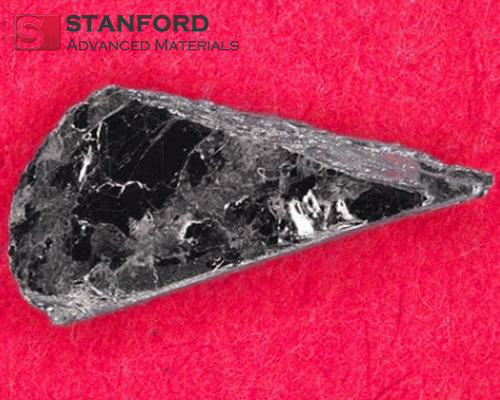

The selection is related primarily to the anisotropy of the rates of growth of the single crystal’s facets. Because of geometric selection, only one crystal survives. Since the crucible has a conical bottom, when it is slowly lowered the melt in the cone is at a temperature below the crystallization temperature, and very small crystals form. The temperature in the plane of the diaphragm is kept equal to the crystallization temperature of the substance. In the Stockbarger method a crucible containing a melt is moved vertically through a furnace at a rate of 1–20 mm/hr (Figure 1). Methods of growing single crystals from a melt include the Stockbarger, Czochralski, and Verneuil methods and zone melting. The parent substance for growth of single crystals may be a solid (particularly a powder), a liquid (melt or solution), or a gas. Therefore, the necessity of growing crystals artificially has arisen. At the same time, many valuable properties have been found only in synthetic crystals. Originally, natural single crystals were used in engineering, but supplies are limited and the quality is not always sufficiently high. Single crystals are capable of changing their properties under the influence of external factors (light, mechanical strains, electric and magnetic fields, radiation, temperature, or pressure) therefore, products and components made from them are used as various types of transformers in radio electronics, quantum electronics, acoustics, and computer technology. For example, diamond and borazon are extremely hard, fluorite is transparent to a broad range of wavelengths, and quartz is piezoelectric. Single crystals are valuable as materials that have special physical propertes. Polycrystals and polycrystalline aggregates, which consist of a set of small single crystals of various orientation, are distinguished from single crystals. Single crystals of quartz, salt, Iceland spar, diamond, and topaz are examples of faceted natural single crystals. A single crystal often acquires well-defined natural faceting under nonequilibrium conditions of crystallization, the faceting is weakly manifested. The external shape of a single crystal is determined by its atomic-crystalline structure and the conditions of crystallization. See Crystal defectsĪn individual crystal that has a continuous crystal lattice and is characterized by anisotropy of its properties. The structure-sensitive properties of crystals (for example, strength and diffusion coefficients) seem governed by internal defects, often on an atomic scale. This anisotropy exists both for structure-sensitive properties, which are strongly affected by crystal imperfections (such as cleavage and crystal growth rate), and for structure-insensitive properties, which are not affected by imperfections (such as elastic coefficients). For example, the electrical resistivity of a randomly oriented aggregate of graphite crystallites is the same in all directions.

Many types of single crystal exhibit anisotropy, that is, a variation of some of their physical properties according to the direction along which they are measured. They give rise to a characteristic x-ray diffraction pattern.
#SINGLECRYSTAL FREE#
Ideally, single crystals are free from internal boundaries. Crystals grown from solution (gas, liquid, or solid) often have a well-defined form which reflects the symmetry of the unit cell. When grown from a melt, single crystals usually take the form of their container.

A single crystal is formed by the growth of a crystal nucleus without secondary nucleation or impingement on other crystals. When the periodicity of the pattern extends throughout a certain piece of material, one speaks of a single crystal. In crystalline solids the atoms or molecules are stacked in a regular manner, forming a three-dimensional pattern which may be obtained by a three-dimensional repetition of a certain pattern unit called a unit cell.


 0 kommentar(er)
0 kommentar(er)
